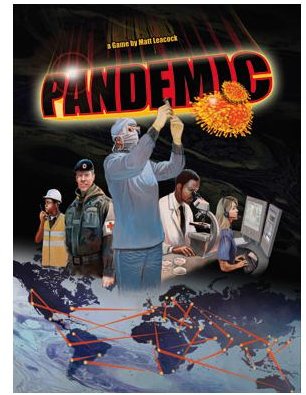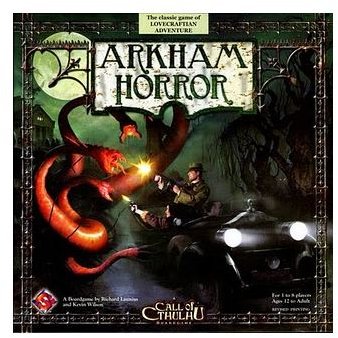Cooperative Board Games Transform Game Night Into a Team Effort

The Basics of Cooperative Board Games
Most familiar board games are completely competitive, pitting all players against each other in a scenario where only one can win. This is an entertaining format - obviously, or it wouldn’t be so successful - but there are down sides as well. Competition can cause hurt feelings, and players sometimes will lose interest if they feel that they have no chance of winning. This can also present challenges when there is a wide range of ages or skill levels in the group, since this can make competition feel unfair.
Some games have moved away from this free-for-all format to varying degrees. There are several different styles:
Team Games: Players work in formal teams. The teams compete with each other. While this means that more than one player can win, this style of play still has many of the pitfalls of regular competitive games.
Traitor Games: Most of the players cooperate, but one is designated as a traitor. Normally in traitor games, either the traitor wins, or everyone else does. This can be a great deal of fun depending on the traitor, their skill, and enthusiasm. (A good example of this play style is Betrayal at House on the Hill.)
Fully Cooperative Games: These pit the players as a group against the game itself, and all players either win or lose together.
Fully cooperative games can truly turn a family game night into a team effort. All of the players have to work and plan together in order to beat the game. Normally, cooperative games have very challenging mechanics and a high chance of player failure - since a game wouldn’t be much fun if there was no chance of losing. Every player in a cooperative game has an equal chance to shine and save the day.
Playing a cooperative board game on a family night offers a chance for the entire family to act as a team to save the world. Victory is sweeter when it’s shared.
Recommended Games
There is an exhaustive list of cooperative board games to be found over at Board Game Geek, though the list includes team games and traitor games as well.
One fantastic cooperative game that isn’t actually on that list is Pandemic. Pandemic is a 2-4 player game for ages 10 and up. Players are each randomly assigned a role as a member of the CDC; each role has a special skill. These skills must be used effectively by the team to prevent four deadly diseases from spreading across the world and decimating the population. Once players are familiar with the rules, the game moves at a brisk pace (30-60 minutes per game).
As an added bonus, the game also has multiple difficulty levels, determined by the number of “epidemic” cards the players choose to add to the draw deck at the beginning of the game. As with most cooperative board games, there are multiple ways to lose the game. This provides a lot of tension, and a feeling of genuine accomplishment when the team manages to pull the world back from the brink.
Arkham Horror is the granddaddy of cooperative gaming. The game supports 1-8 players of ages twelve and up. Each player assumes the role of an investigator in the town of Arkham; each investigator has a back story, and a set of unique skills to contribute. The investigators must work together to defeat an elder god of the HP Lovecraft Cthulhu mythos. The game is intensely challenging, and victory is never guaranteed even to the most skilled investigators. Thankfully, Fantasy Flight Games has managed to make even getting devoured by a Great Old One a fun team effort.
Arkham Horror is an exceptional fun and rewarding game, but it’s also extremely complex and requires a great deal of time to play. Even for seasoned investigators, games run 3-6 hours, not counting set up and tear down time.
Pandemic is an ideal game for casual gamers and those who haven’t tried out the cooperative style before. Arkham Horror is an example of just how far the genre can go, and what rewards it can offer.

